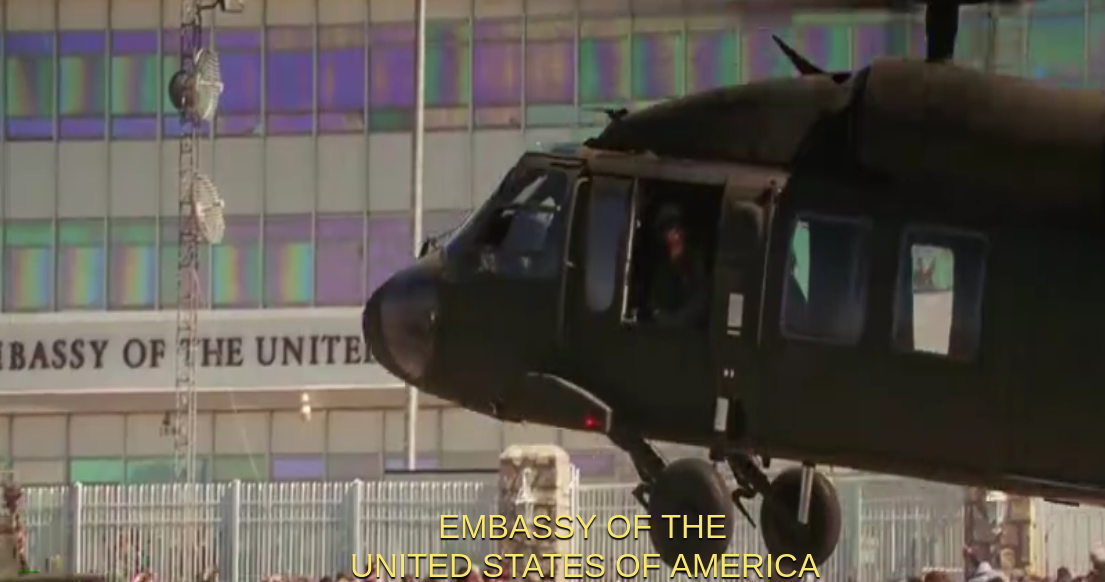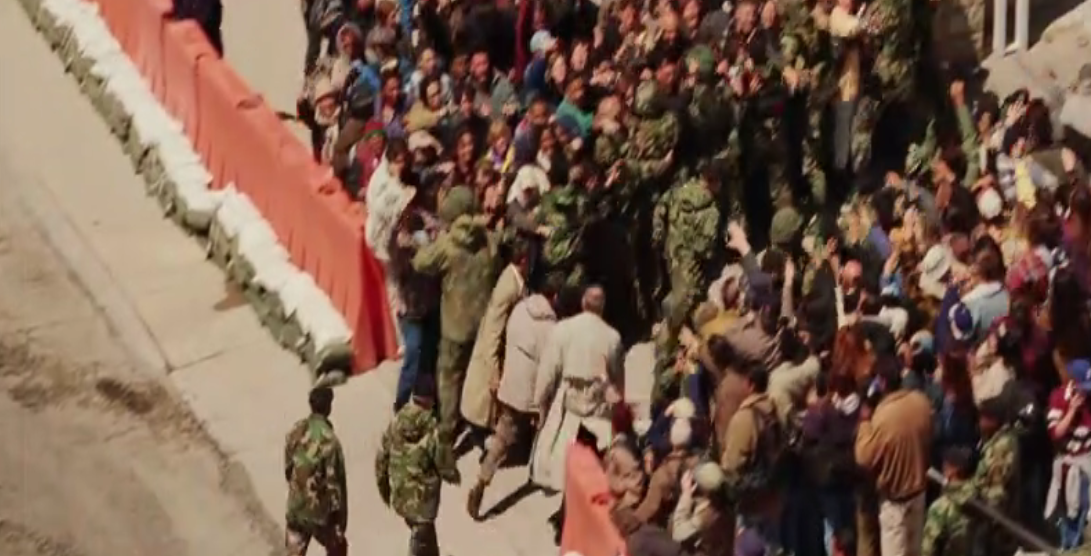Some more thoughts, based on some of the posts so far.
Middle East -
Originally, my thinking was that the Middle East would experience a boom here given their lands would likely become temperate, need for oil would remain, and they could recruit many skilled European refugees to diversify their economy. Given what others have brought up, I’m no longer sure on any of that beyond their lands becoming more fertile.
For one, while need for Oil might remain, it’s going to be significantly curtailed as compared to before the events given that China and Europe have essentially been removed as customers while the United States can meet its own reduced demand with its native production from the Gulf and Texas. This means the underlying base of the Arab world has just collapsed and, without the international patron of the United States, it’s doubtful any of the Oil Monarchies could survive such an event. That the U.S. is likely to be doing an immediate pull out due to needs in the Americas is going to increase the chaos, as Iraq is likely to collapse and thus you get sectarian war breaking out there while Sunni Fundamentalists get a base from which to propagate their message from with force.
That last point is critical because, as was noted elsewhere in the thread, the destruction of the Northern Hemisphere will appear as Divine Revelation to many in the Islamic World, given the ongoing War on Terror. In the context of the collapse of their economies and the Western-backed Governments in addition to what appears to be a Divine act, Fundamentalism will likely gain a greater following throughout the region. If the chaos alone wasn’t enough to discourage Europeans from fleeing to the Middle East, the spread of Fundamentalism will as it’ll be unlikely any new Governments will be willing to accept them if not remove the ones already there. Ethnic tensions between refugees and the host populations will probably be inevitable in this scenario, but adding the religious element will probably dial it up to 11.
Mexico and the U.S. -
Putting aside the issue of how much of CONUS will remain habitable, the question of what will happen with regards to Mexico is a major issue. The movie doesn’t give exact numbers, but it’s heavily implied tens of millions of Americans have fled across the Rio Grande into our Southern neighbor. This alone presents a serious issue because not only has the population within Mexico exploded with all that means for housing among other issues, but the most critical one becomes the matter of food; Mexico is deficient in production of meats and corn for its own population, nevermind providing for massive numbers of Americans. Alternative suppliers do exist, however, in Brazil and Argentina which probably explains why the U.S. forgave all Latin American debt instead of just Mexican to open the border.
Expanding upon the underlying issues, I get the impression the event has thrown Mexico into turmoil. It’s extremely unlikely the U.S. just began evacuating into Mexico without making arrangements with the Mexican Government first, so the closure of the border to American citizens makes me feel such a movie was a gesture on the part of the Mexicans. Throughout the rest of the movie we also repeatedly see serious U.S. Military elements operating from within Mexico, but not once, or at least from what I can tell, do we see any Mexican Army elements. The scene in the OP that I mentioned about the Embassy is especially revealing, in that you have U.S. Army elements arrayed around the Embassy and doing crowd control against a native Mexican crowd with no apparent support from local authorities. This suggests to me that either:
A) The Mexican Government is incapable of doing anything
B) Relations are sufficiently strained that the Mexican Government has chosen not to do anything and is siding with what appears to be the domestic discontent.
C) The Mexican Government is trying to help where it can, but is being constrained by domestic opinion; the face saving gesture with the border closure, and the inability to restrain its citizens.
A is entirely possible, given the likely collapse of their economy with the collapse of the Global Market. Regional actors, such as Cartels, vigilante movements, and autonomy minded locaties could also have reduced the Mexican Government’s effective authority. A and B, meanwhile, can be explained by the issues of allowing in so many American refugees along with the fact you have large formations of the U.S. Military operating armed on Mexican soil and performing policing duties; Nationalist anger stoked by all of this is entirely possible.
The inevitable result of B is war between the two sides, as the United States cannot tolerate a hostile government in Mexico at this point. C is untenable for both sides, as the issues presented with inevitably result in forcing the Mexican Government into either B or collapsing as outlined in A, in which case War is still the likely outcome. Option A will likely avoid a formal war for the most part, but will still probably result in the United States taking over the place. The United States Armed Forces, as outlined elsewhere in the thread, retain more than enough firepower to defeat their Mexican counterparts conventionally and they (U.S. Military) will be aided in the following COIN phase by the fact that they have tens of millions of definite friendlies in country. I also wouldn’t be surprised if many native Mexicans sided with the Americans in such a conflict.

